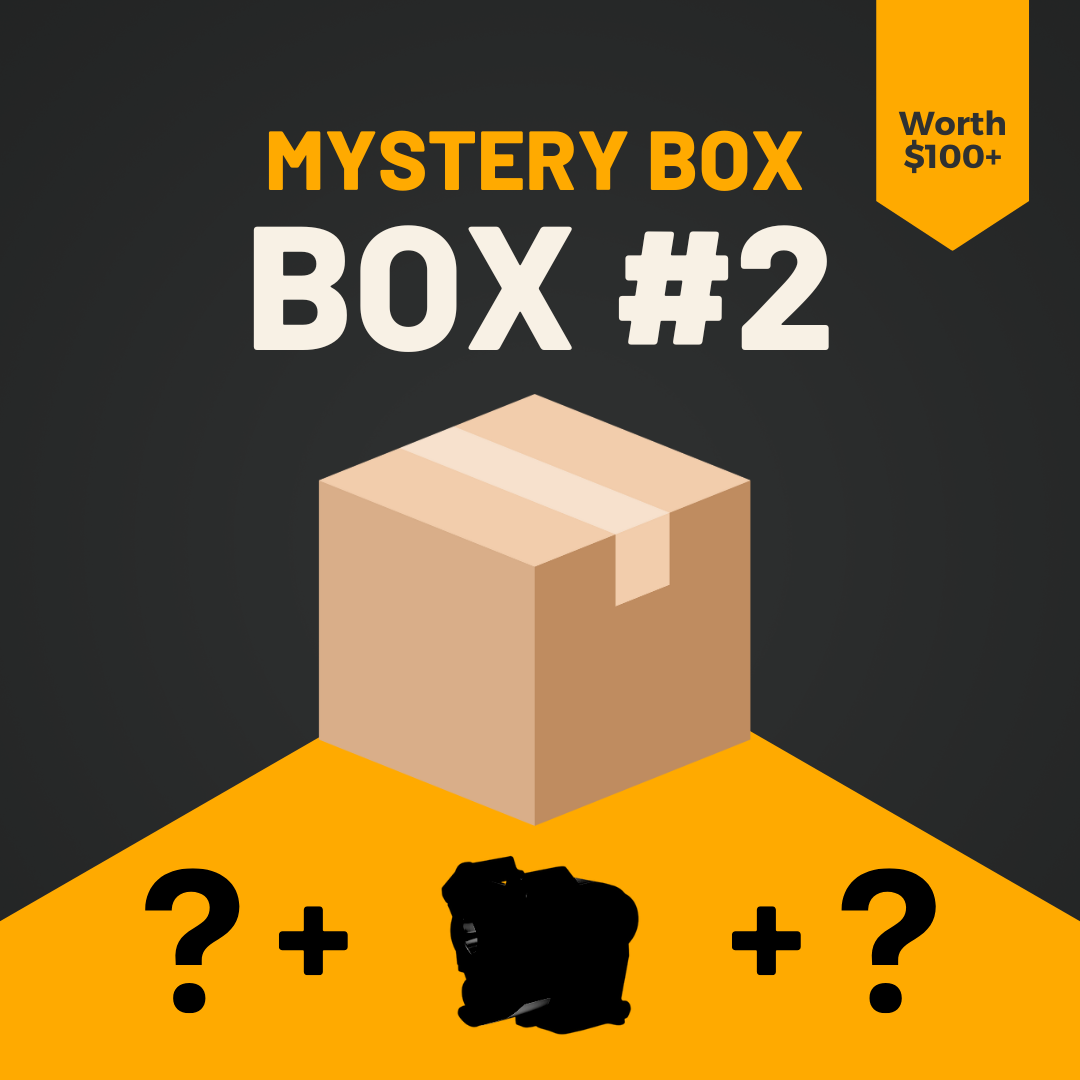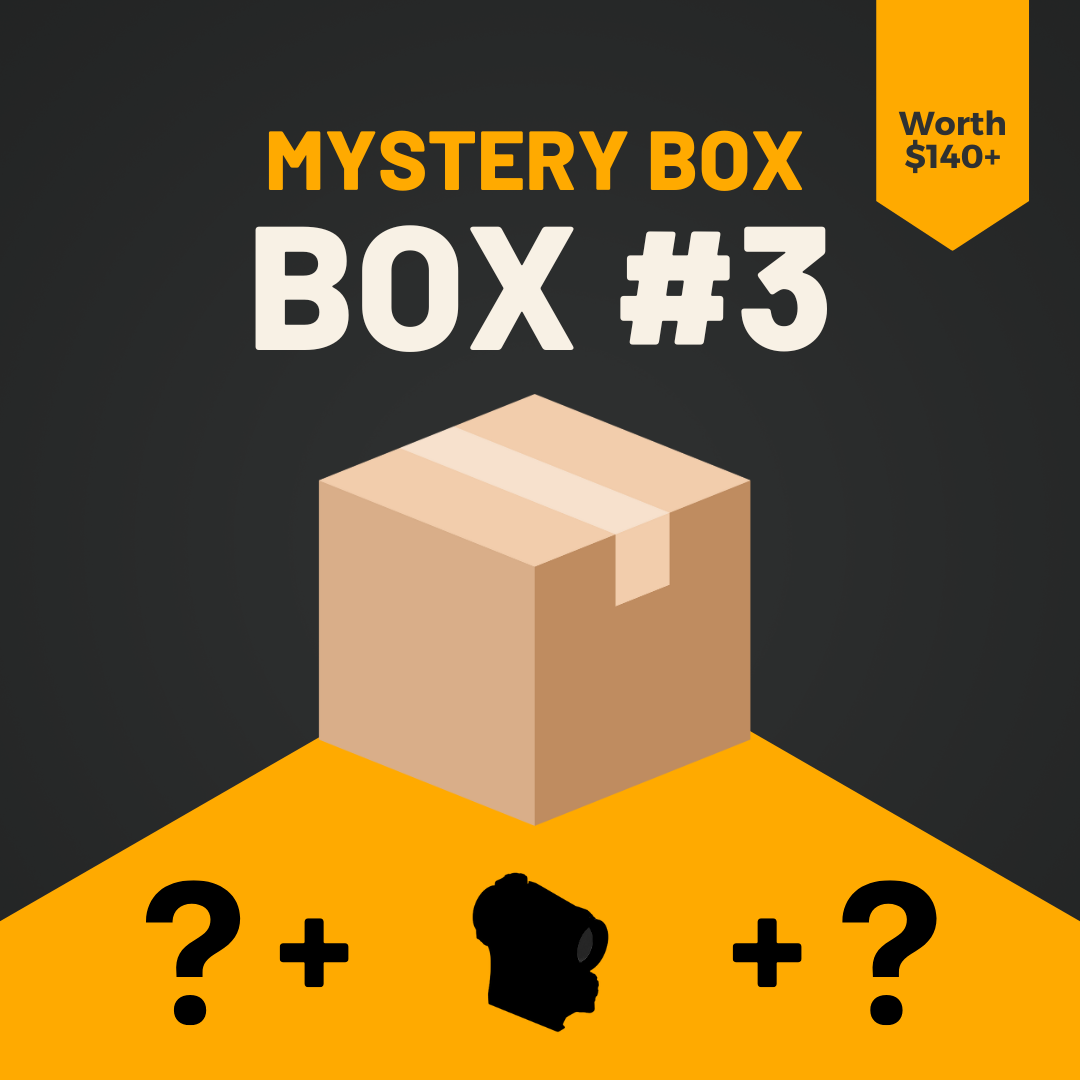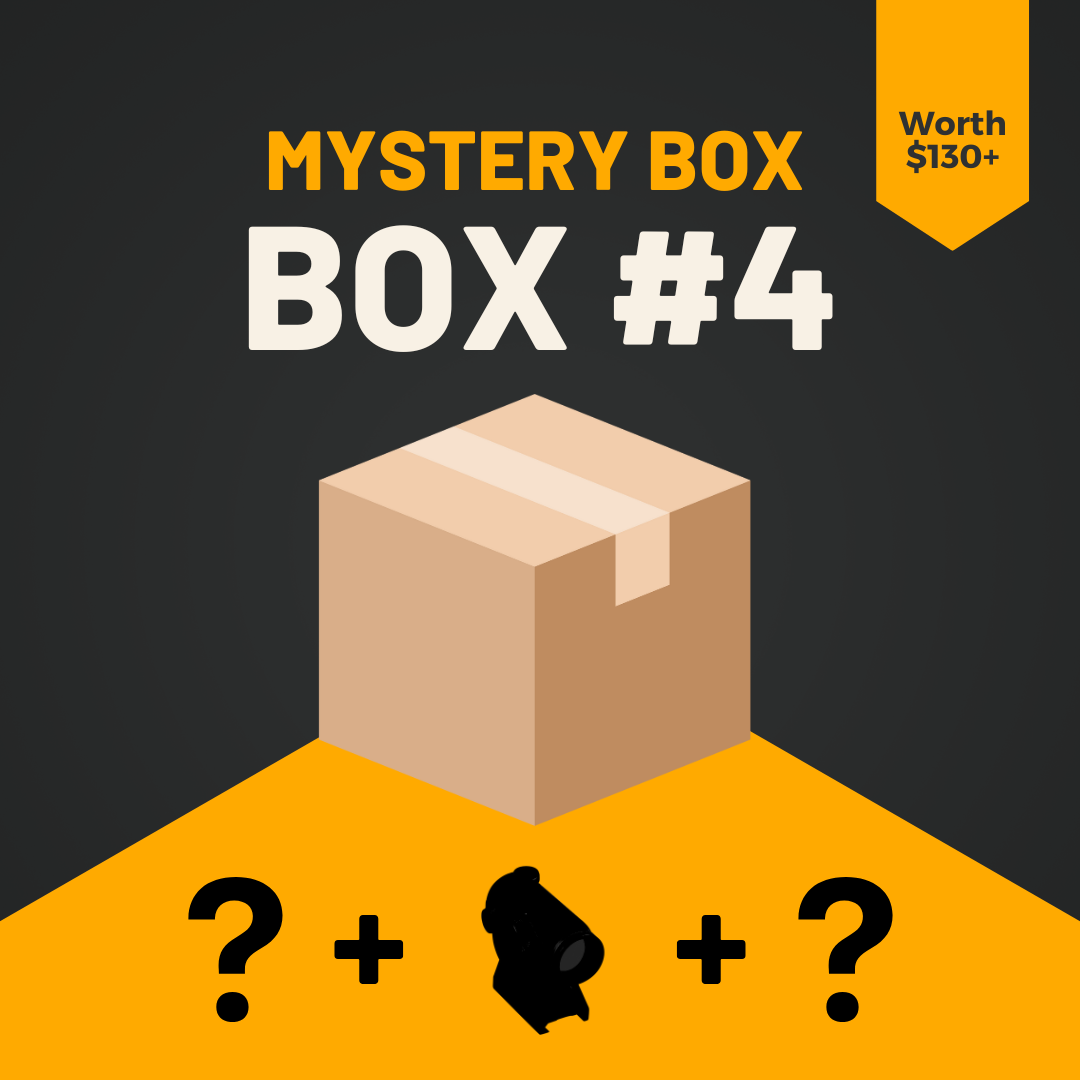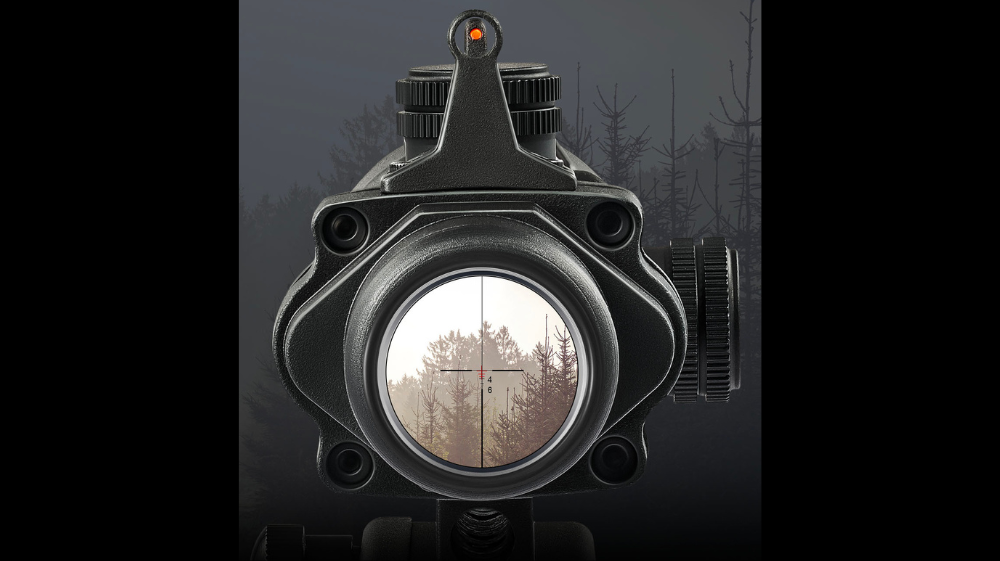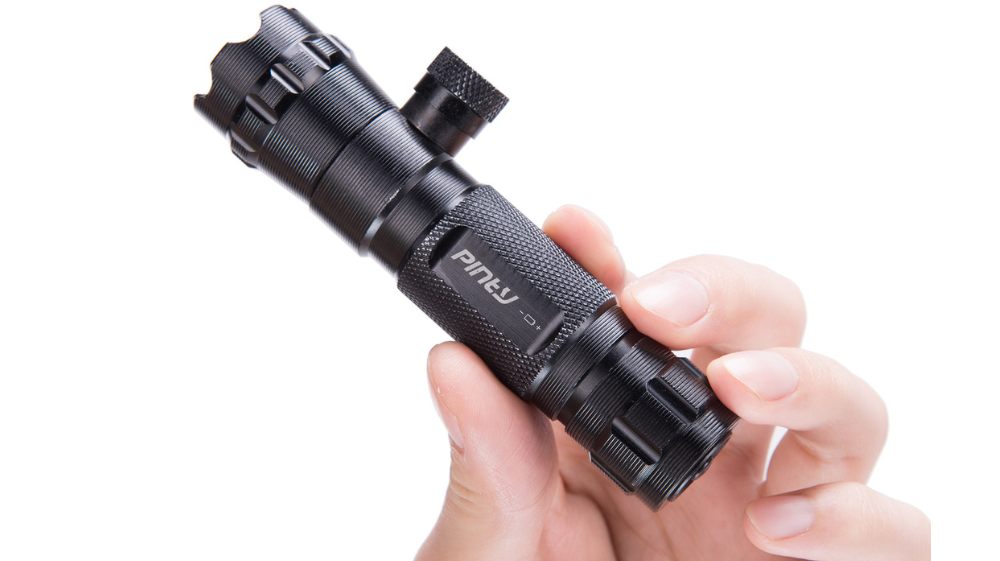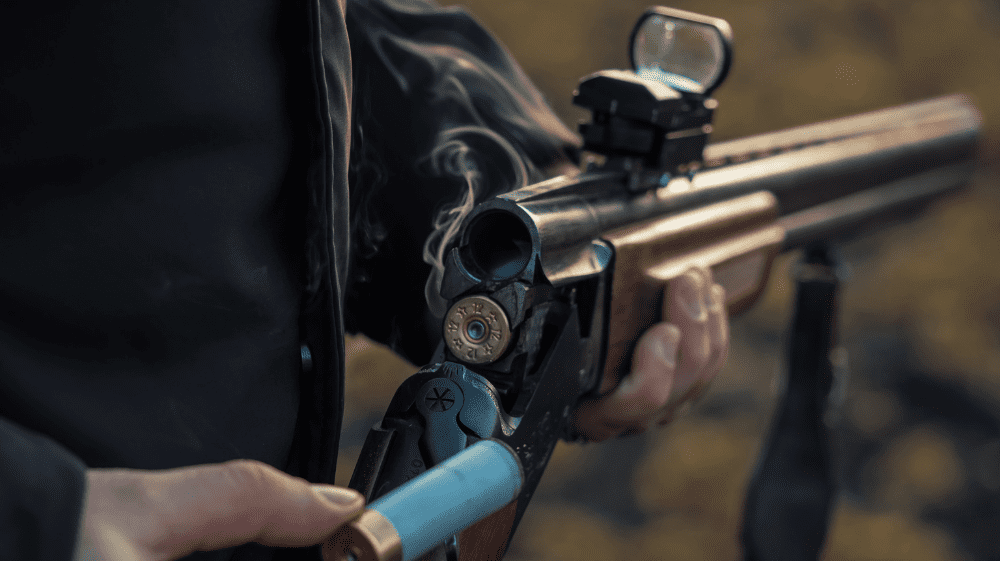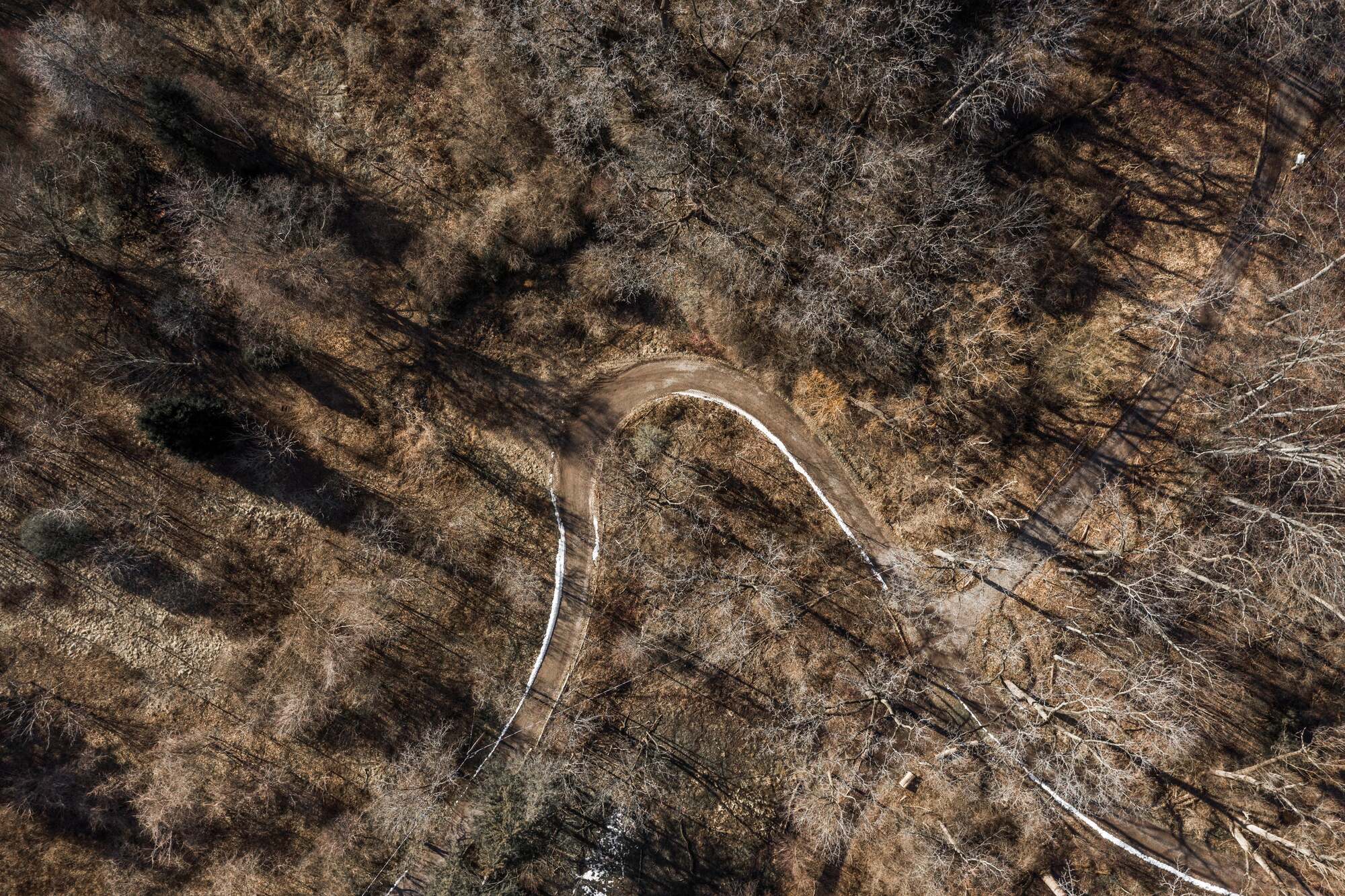Among the most perplexing challenges facing long-distance shooters is compensating for the gravitational pull exerted on free-flying bullets. As range extends, projectiles gradually succumb to downward arc trajectory bending due to Earth's constant 9.8m/s acceleration, complicating dead-on aim.
Specialty reticles engraved with tiered markings calibrated to offset bullet drops at specific distances, known as bullet drop compensators (BDC), serve to counteract ballistic forces. We will demystify BDC scope reticles, how they build gravity into aiming, and the advantages conferred versus traditional crosshairs for hitting targets far beyond iron sight capabilities.
(Reading Time: 4-6 Minutes.)
Understanding Bullet Drop
The ballistic arc of bullets originates from the unescapable effects of gravity on the object in flight. Though initially departing upwards on a largely straight path parallel to the bore line, air resistance gradually drags velocity lower. This steadily reduces the vertical component maintaining altitude, until gravity takes over to bend the bullet lower.
Bullet drop is also influenced by inherent ballistic traits like muzzle velocity, bullet mass, and aerodynamic profile quantified in a ballistic coefficient. Together, these determine the relative trajectory rainbow when firing ammunition in the real world. Matching firearm setup and mid-air effects poses a core marksmanship challenge.
How BDC Reticles Work
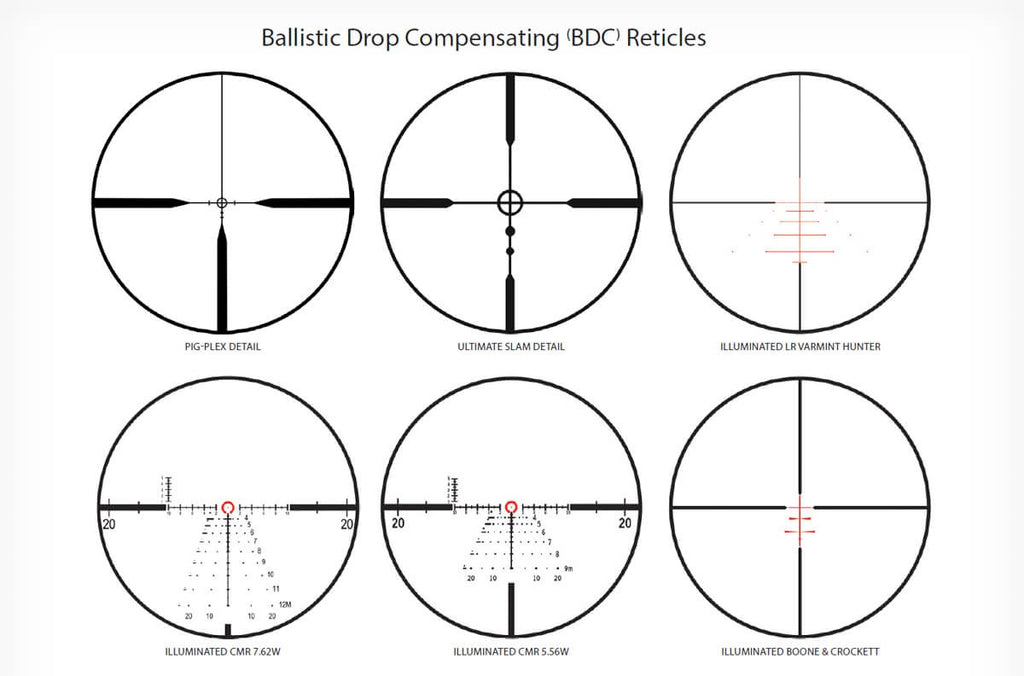
Bullet Drop Compensation (BDC) Reticle Image from Guns and Ammo
Dedicated BDC scope reticles simplify aiming corrections for gravity's toll on bullets by engraving a series of shorter horizontal hash marks or dots beneath the primary crosshairs aligned to predefined ranges. For example, the first lower marking may indicate the equivalent of a 100 yard holdover.
To utilize these points, the shooter simply ranges their target, then places the appropriate reticle point on the target in lieu of the true crosshairs to compensate for the bullet's anticipated drop at that distance. This shifts point of aim higher, counteracting trajectory loss. BDCs build intrinsic calculations into reticles.
BDC Reticle Variants
BDC scopes come in several configurations tailored to specific calibers or purpose. Standard designs crafted for common cartridges like .308 Winchester feature markings out to distances like 500 yards. Specialty custom BDCs created for your particular rifle/ammunition account for those flight traits.
First focal plane scopes maintain spacing consistency across magnification intensity, while second plane BDCs only hold at maximum zoom. Understanding variants helps select the optimal BDC model for your shooting envelope and conditions. Match the reticle intricacies to your application.
Calculating Correct BDC Outputs
While reticle points offer starting references, confirming trajectory alignments through field testing proves essential for true precision. Use ballistic software to approximate vertical offsets, then shoot groups at set distances to validate. Minor reticle adjustments may be required if points vary.
It takes diligent validation and tuning to capitalize on BDC-enhanced scopes. But the effort pays dividends with dead-on downrange delivery simply by selecting the appropriate hold dot calibrated for your firearm's ballistic profile. Confidence binds all components into an intuitive system.
Benefits of Utilizing BDC Reticles

The intrinsic holdover reference points built into BDC reticles enable rapid compensation for bullet drops once the shooter has accurately ranged their target. This removes hand calculations, simplifying the correction process.
BDCs expand effective range and hit probability on distant small targets by applying weapon-specific arc compensation without complex mental math under pressure. Hunters and long-range competitors alike benefit from a simplified path to extended distance.
Potential Limitations to Factor
With BDC reticles, the burden of precise range estimation falls more heavily on the shooter. Inaccurate distance judgement easily leads to selecting improper hold points. Dialing actual elevation via turrets can prove more precise.
Standard BDC designs may also produce inconsistent accuracy when paired with unknown ammunition or improperly zeroed scopes. Match your cartridge and rifle to the reticle for designed harmonious elevation compensation. Practice remains paramount.
Conclusion
In essence, BDC reticles integrate calculated trajectory compensation directly into scopes as intrinsic ranging aids. This unlocks successful shots at ranges requiring considerable holdover. Matching the BDC model to your firearm and confirming zero provides a simplified path for extending your shooting envelope.
Once tuned properly, BDC scopes overlay the compound effects of gravity, weapon ballistics, and aerodynamics into an instinctual shooting process applied intuitively in field conditions. While enhancing conceptual foundations remain essential, BDC technology builds the math right into your optics.

